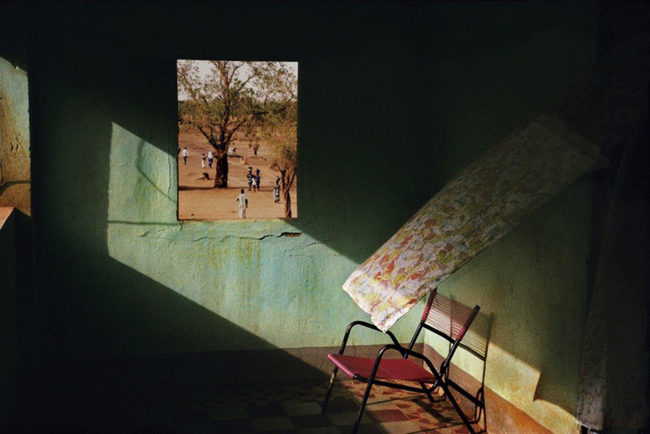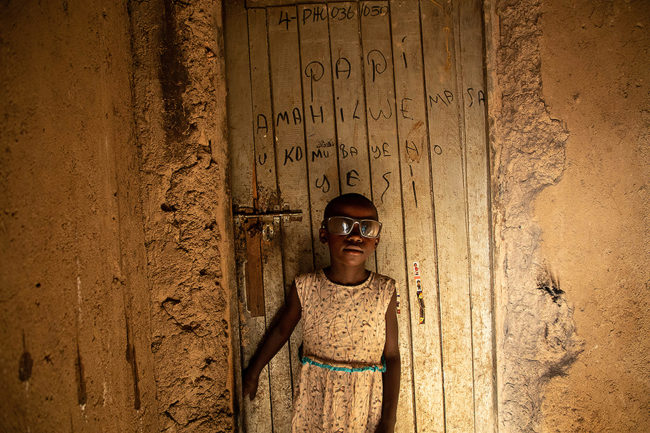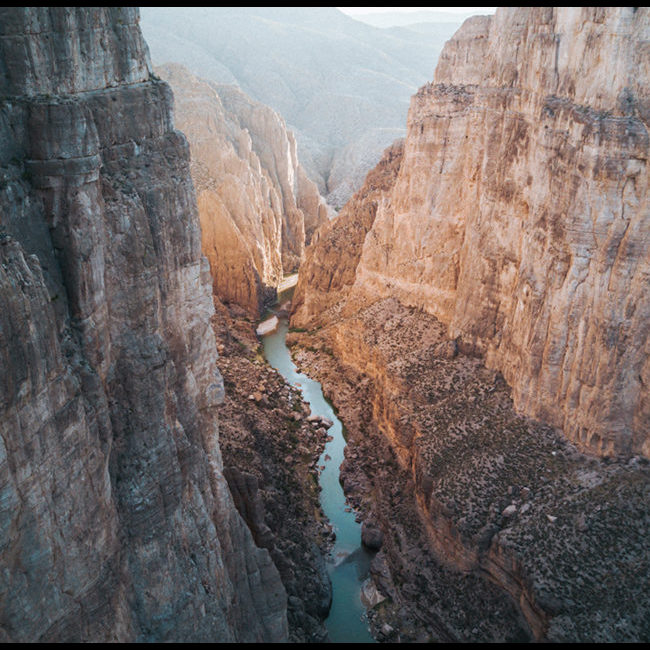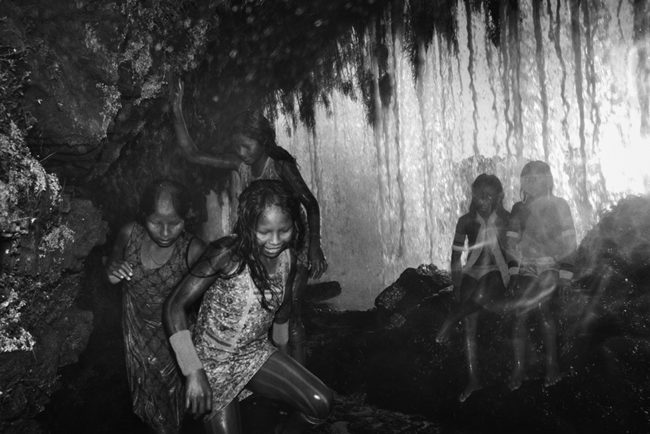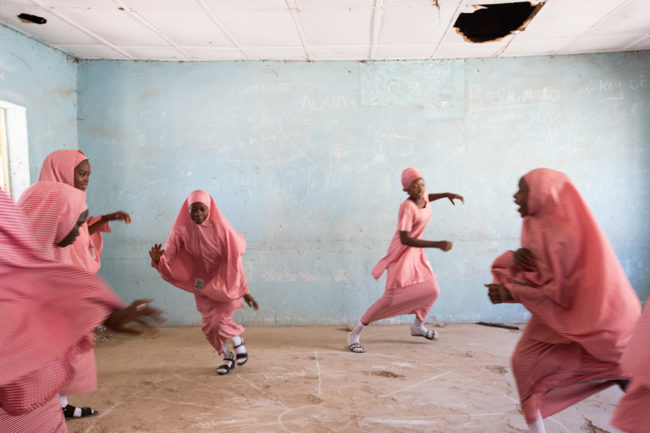Ian Willms’ project “As Long as the Sun Shines” is an intimate portrait on Canada’s oil sands developments and the 39 Indigenous First Nations in the region who are suffering the brunt of the hideous effects of the industry – one which is large enough to be seen from space. This work won 2018’s Greenpeace Photo Award and Ian has recently become a member of Panos Pictures.
The series smartly juxtaposes intimate portraits with the epic scale of industry and ruined landscape and is currently on show at the Coalmine Gallery in Winterthur, Switzerland through April 9, 2020.
This is what Willms has to say about “As Long as the Sun Shines”:
“The Canadian province of Alberta holds the world’s third largest oil reserves, which sit beneath 175,000 km2 of boreal forest. Around Fort McMurray, the Earth has been stripped away to make way for gaping tar sand pit mines since the 1930s. The destruction of nature is insanely vast. Oil production from tar sands requires more water and energy than traditional production methods and generates three to four times the amount of greenhouse gases. Over the years the industry has accumulated more than a trillion litres of toxic waste in retention pools, making the tar sands one of the largest and most environmentally destructive industrial projects.
All of this amounts to devastating public health impacts: according to doctors in communities close to the mining sites, rates of cancer and birth defects are rising. Comprehensive pubic health studies have been asked for decades but the government does not act. The lack of adequate investigation of a crime does not rule out harm or foul play. It is unjust for the burden of proof to be placed upon an adversely impacted, disempowered population. A toxic corporation should not be afforded the same rights as a human being, who is innocent until proven guilty.
Due to industrial pollution and development, the Indigenous Peoples around oil sands developments are no longer able to sustain themselves off the traditional economies of hunting, trapping and fishing, which had previously nurtured their lives for centuries. The general lack of economic opportunity on First Nations reserves is a crucial part of the power dynamic between industry, government and Indigenous Peoples. First Nation members are often left with few options for employment outside of the very industries that are destroying their culture and territories. Industry, in turn, uses Indigenous employment statistics as a marketing point to soften their image.
This “environmental racism” is the manifestation of colonialism today.”
— Samantha Reinders
“As Long as the Sun Shines”
Ian Willms
Coalmine Gallery,Winterthur, Switzerland
Through April 9, 2020.
Related Articles
A Land that is Broken
Uncovering the Hidden Pain of Indian Residential Schools
Amber Bracken: The Hardships of First Nations Police Officers

